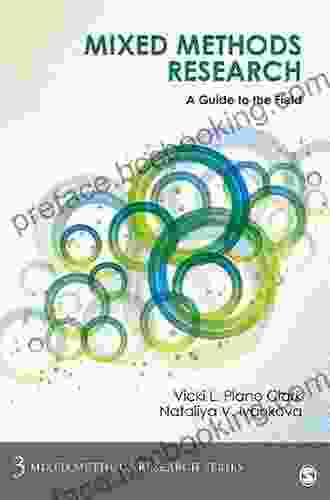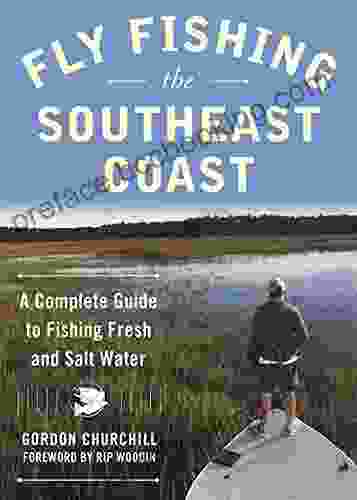Guide to the Field of Mixed Methods Research: Unlock the Power of Multiple Perspectives

In today's rapidly evolving research landscape, the ability to effectively integrate multiple research methods has become paramount. Mixed methods research, which combines both qualitative and quantitative approaches, offers a powerful solution to this challenge. It allows researchers to gain a more comprehensive understanding of their research questions by leveraging the strengths of both worlds.
This comprehensive guide will provide you with an in-depth understanding of mixed methods research. We will explore its benefits, challenges, and best practices, equipping you with the knowledge and skills necessary to design and conduct successful mixed methods studies.
4.8 out of 5
| Language | : | English |
| File size | : | 12475 KB |
| Text-to-Speech | : | Enabled |
| Screen Reader | : | Supported |
| Enhanced typesetting | : | Enabled |
| Word Wise | : | Enabled |
| Print length | : | 361 pages |
Delving into the Benefits of Mixed Methods Research
The advantages of mixed methods research are undeniable. By combining qualitative and quantitative data, researchers can gain a more holistic understanding of their research questions. Qualitative data, gathered through interviews, observations, and document analysis, provides rich, in-depth insights into the thoughts, feelings, and experiences of participants. Quantitative data, on the other hand, collected through surveys, experiments, and statistical analysis, offers objective, numerical information that can be used to generalize findings to a wider population.
By integrating both qualitative and quantitative data, mixed methods research allows researchers to:
- Gain a more comprehensive understanding of research questions
- Enhance the validity and reliability of research findings
- Develop more actionable and evidence-based insights
- Increase the generalizability of research findings
Navigating the Challenges of Mixed Methods Research
While mixed methods research offers a wealth of benefits, it also presents unique challenges. Researchers embarking on such studies must be aware of these challenges and develop strategies to overcome them.
Some of the most common challenges include:
- Data Integration: Combining qualitative and quantitative data can be complex and time-consuming. Researchers need to develop effective strategies for data integration, such as merging datasets, conducting joint displays, or using mixed methods software.
- Methodological Rigor: Maintaining methodological rigor throughout the research process is crucial. Researchers must ensure that both qualitative and quantitative data are collected and analyzed using appropriate methods and that the findings are triangulated to ensure validity.
- Researcher Skills: Mixed methods research requires researchers to possess a diverse skillset. They must be proficient in both qualitative and quantitative research methods and have a strong understanding of data analysis techniques.
Unveiling Best Practices for Mixed Methods Research
To ensure the success of mixed methods research studies, it is imperative to adhere to best practices. These practices provide a framework for conducting high-quality research that meets the highest standards.
Some of the most important best practices include:
- Clear Research Question: The research question should be clearly defined and specific, ensuring that the mixed methods approach is appropriate for addressing it.
- Appropriate Design: The research design should be carefully planned, selecting the most suitable qualitative and quantitative methods for the research question and context.
- Data Integration Strategy: The data integration strategy should be determined in advance, outlining how the qualitative and quantitative data will be combined and analyzed.
- Triangulation: Triangulation is a key technique for enhancing the validity and reliability of findings. Researchers should seek convergence and divergence between the qualitative and quantitative data.
- Reflexivity: Researchers should be reflexive throughout the research process, acknowledging their own biases and assumptions and considering how these might influence the research findings.
Empowering Researchers with the Guide to the Field of Mixed Methods Research
This guide has provided a comprehensive overview of mixed methods research, covering its benefits, challenges, and best practices. By following the principles outlined in this guide, researchers can effectively design and conduct mixed methods studies that yield valuable insights and contribute to the advancement of knowledge.
Whether you are a seasoned researcher or embarking on your first mixed methods study, this guide will serve as an invaluable resource. It will empower you to navigate the complexities of mixed methods research and unlock its transformative potential.
As you delve into the field of mixed methods research, remember that the key to success lies in embracing the power of multiple perspectives. By combining qualitative and quantitative data, you can gain a more nuanced understanding of research questions and develop more actionable and evidence-based insights.
Unlock the power of mixed methods research today and elevate your research to the next level!
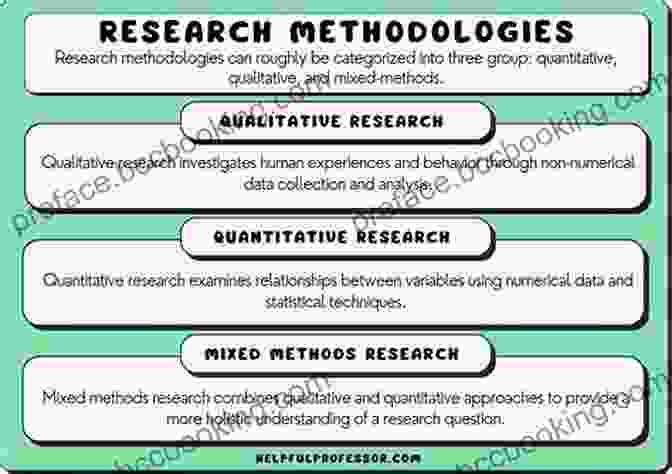
4.8 out of 5
| Language | : | English |
| File size | : | 12475 KB |
| Text-to-Speech | : | Enabled |
| Screen Reader | : | Supported |
| Enhanced typesetting | : | Enabled |
| Word Wise | : | Enabled |
| Print length | : | 361 pages |
Do you want to contribute by writing guest posts on this blog?
Please contact us and send us a resume of previous articles that you have written.
 Book
Book Novel
Novel Page
Page Chapter
Chapter Text
Text Story
Story Genre
Genre Reader
Reader Library
Library Paperback
Paperback E-book
E-book Magazine
Magazine Newspaper
Newspaper Paragraph
Paragraph Sentence
Sentence Bookmark
Bookmark Shelf
Shelf Glossary
Glossary Bibliography
Bibliography Foreword
Foreword Preface
Preface Synopsis
Synopsis Annotation
Annotation Footnote
Footnote Manuscript
Manuscript Scroll
Scroll Codex
Codex Tome
Tome Bestseller
Bestseller Classics
Classics Library card
Library card Narrative
Narrative Biography
Biography Autobiography
Autobiography Memoir
Memoir Reference
Reference Encyclopedia
Encyclopedia Rob Rains
Rob Rains Giorgos Kallis
Giorgos Kallis Gordon England
Gordon England Michael Kingswood
Michael Kingswood Greg Sestero
Greg Sestero Margaret Dilloway
Margaret Dilloway Graham Hancock
Graham Hancock Kristin Nicholas
Kristin Nicholas James Piereson
James Piereson Greg Nelson
Greg Nelson William Lawrence Svelmoe
William Lawrence Svelmoe Tegan Maher
Tegan Maher Giovanni Amato
Giovanni Amato Graci Kim
Graci Kim James Lull
James Lull Hanumant Deshmukh
Hanumant Deshmukh Steve Magness
Steve Magness Giorgio Vasari
Giorgio Vasari Judy Shelton
Judy Shelton Melinda Metz
Melinda Metz
Light bulbAdvertise smarter! Our strategic ad space ensures maximum exposure. Reserve your spot today!

 Albert CamusStarfighter Command Game Starfighter Training Academy: Your Guide to Becoming...
Albert CamusStarfighter Command Game Starfighter Training Academy: Your Guide to Becoming... Harold PowellFollow ·11.1k
Harold PowellFollow ·11.1k Vladimir NabokovFollow ·14.6k
Vladimir NabokovFollow ·14.6k Spencer PowellFollow ·6.7k
Spencer PowellFollow ·6.7k Ralph EllisonFollow ·3.8k
Ralph EllisonFollow ·3.8k Roberto BolañoFollow ·10.3k
Roberto BolañoFollow ·10.3k Darius CoxFollow ·17.9k
Darius CoxFollow ·17.9k Ibrahim BlairFollow ·2k
Ibrahim BlairFollow ·2k Ashton ReedFollow ·17.9k
Ashton ReedFollow ·17.9k
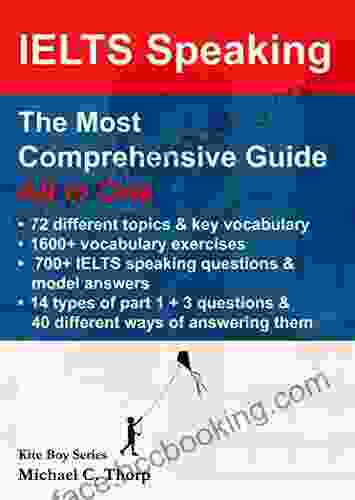
 Brady Mitchell
Brady MitchellMaster IELTS Speaking: The Ultimate Guide to Success
Kickstart Your IELTS...
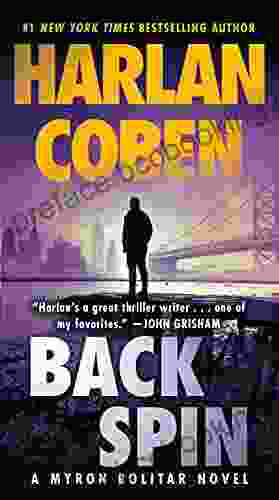
 Branden Simmons
Branden SimmonsBack Spin: A Thrilling Myron Bolitar Novel
Get ready to embark on a...
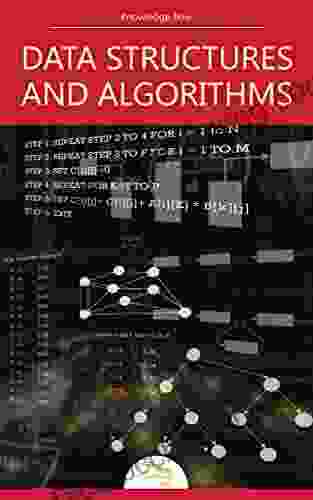
 Marc Foster
Marc FosterData Structures and Algorithms: A Comprehensive Guide to...
In the ever-evolving...

 Jeff Foster
Jeff FosterUnveiling the Basics of Microbiology: A Comprehensive...
The world of...

 J.D. Salinger
J.D. SalingerHold Tight Suspense Thriller: A Gripping Page-Turner That...
Are you ready for a suspense thriller that...
4.8 out of 5
| Language | : | English |
| File size | : | 12475 KB |
| Text-to-Speech | : | Enabled |
| Screen Reader | : | Supported |
| Enhanced typesetting | : | Enabled |
| Word Wise | : | Enabled |
| Print length | : | 361 pages |


